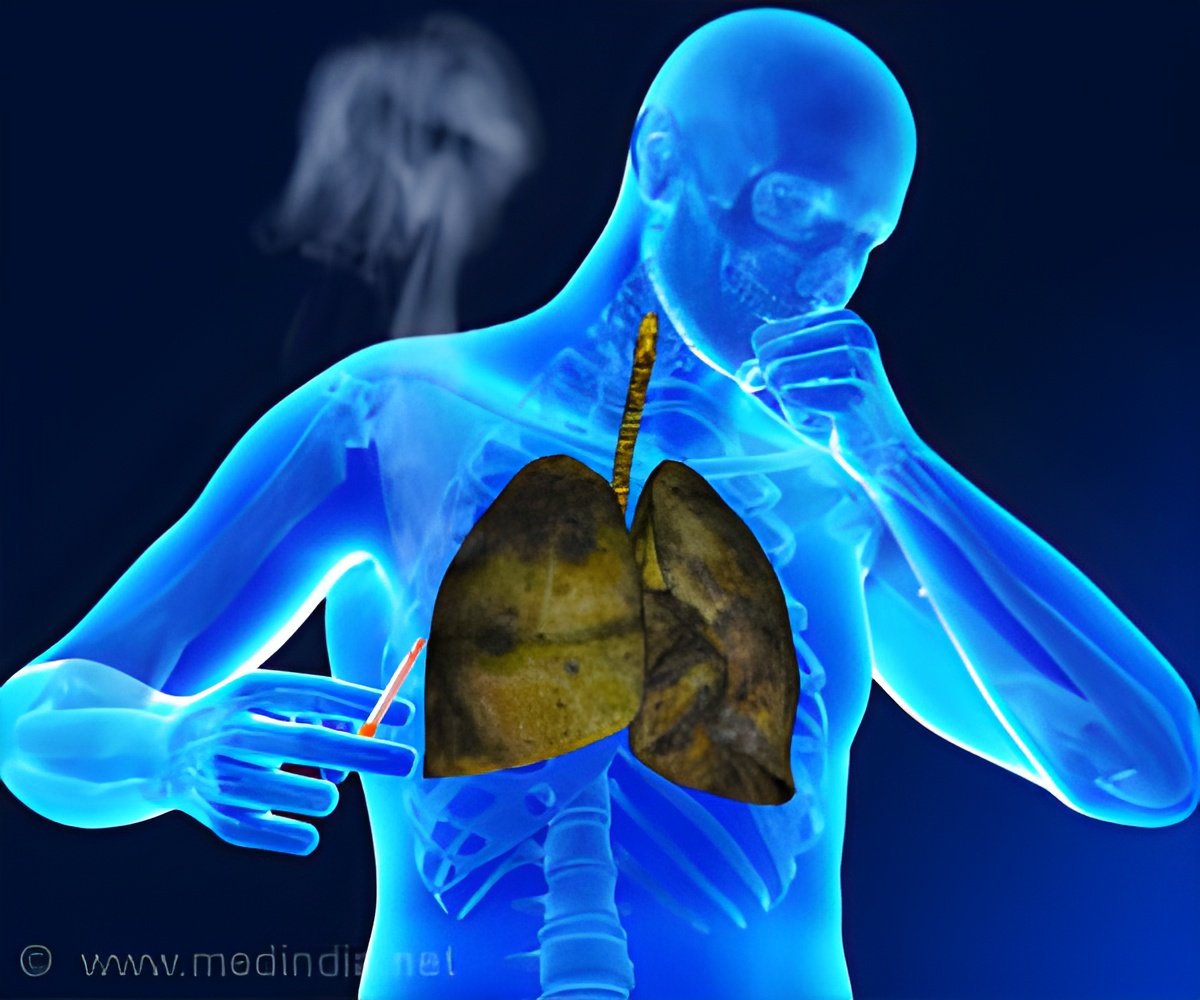The research aims to aid the post-pandemic recovery of the maritime industry, which saw a reduction of 43% in passenger vessel operations due to COVID-19.
Maritime Industry Hit Hard By COVID-19 Pandemic
Passenger transportation across the world has been significantly affected by the COVID-19 pandemic, with the time passengers spend confined together creating a risk to health and spreading the virus.
Advertisement
Although research on how the virus spreads in hospitals and other settings such as cars is extensive, equivalent studies into COVID-19 on ships have been limited.
The key findings published in the Ocean Engineering journal show that the airflow environment on ships is unique because of their forward motion and that the location of a front-facing door can cause significant wind flow to distribute infected particles more widely.
Researchers carried out research using a series of computational models to look at the airborne transmission of Covid-19 inside a ship.
They examined what happened when an infected person coughed or was speaking when the door was open, and how the spread of this virus changed when the door was closed.
Closed Doors And Air Conditioning Units
Results from the research modeling showed that the movement of virus particles was limited to a radius of half a meter, less than a seat’s width when doors were closed. The passenger seats could then be adjusted accordingly to take this spread radius into account.
The researchers also looked at the influence of air conditioning units and found that adjusting the direction of airflow downwards acted as a measure to limit virus spread.
“We were very surprised by the results of the research as it differs from mainstream guidance on covid and fresh air. In the case of ships, it is evident that keeping the front door of a vessel shut will mitigate the spread of an infection” said Dr. Luofeng Huang, the paper’s lead author.
Our next step is to continue the research to develop guidelines for fishing vessels, on which the catching process usually requires more than 10 crew working side-by-side, and the physical demands make it impractical to wear masks.
With this concern, hundreds of thousands of fishing vessels are still suspended which increases the economic toll in the region.
Source: Medindia



